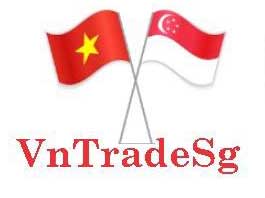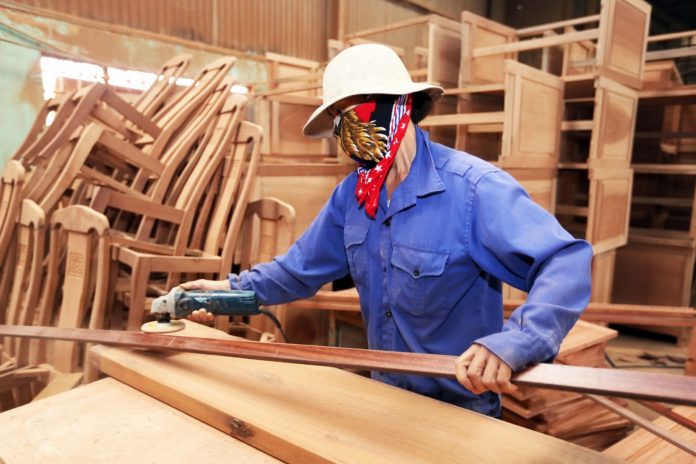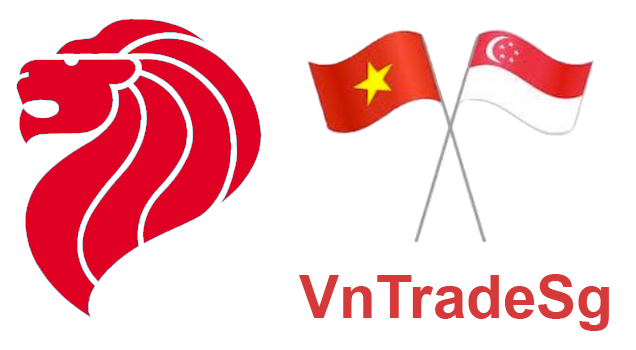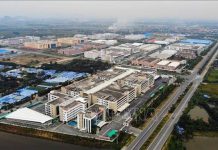Free Trade Agreements (FTAs) provide ample opportunities for trade. However, since many countries are constantly changing their policies with the aim of sustainable growth, businesses need to be more innovative to effectively penetrate these markets.
Positive results
At a recent Ho Chi Minh City-based seminar on exporting to FTA markets, managers, experts, and business people agreed that FTAs have generated many positive results for Vietnamese exports.
Nguyen Thao Hien, Deputy Director of the European-American Market Department (Ministry of Industry and Trade), said that since the EU-Vietnam Free Trade Agreement (EVFTA) went into effect in August 2020, exports to the European markets have recorded positive results.
Bilateral trade between Vietnam and EU member states has significantly recovered and increased compared to pre-pandemic levels. In the first 10 months of 2022, the import and export turnover of goods between Vietnam and the EU exceeded US$52.5 billion, up 14 percent compared to the same period last year. Exports accounted for US$39.7 billion, up 23.5 percent.
To Thi Tuong Lan, Deputy Secretary General of the Vietnam Association of Seafood Exporters and Producers (VASEP), said Vietnam has become the third largest seafood exporter in the world after Norway and China. Its largest export markets are the US, China, and the Republic of Korea (RoK). Meanwhile, Vietnam’s seafood exports to the markets of member countries of the Comprehensive and Progressive Agreement for Trans-Pacific Partnership (CPTPP) account for nearly 27 percent of its total. By the end of October 2022, the export value to this market has reached nearly US$2.3 billion, an increase of 14 percent compared to 2018 (before the signing of the CPTPP Agreement) and a rise of about 40 percent over the same period in 2021.
Regarding the wood industry, according to Tran Quoc Manh, Chair of the Saigon Trade and Production Development Corporation (SADACO), while the economy faces many challenges, FTAs provide many business opportunities. The CPTPP has greatly aided corporate integration into global supply chains over the past three years, while Vietnam’s wood products have made their way into a number of markets, both established and new. Vietnam’s wood exports to the US market account for about 60 percent of this commodity’s total export volume.
Catching up with “green sustainable” trend
Despite the great potential for Vietnamese enterprises, many limitations hamper exports and production, especially given increasingly complicated and unpredictable economic forecasts, with risks of recession and high inflation, as well as food and energy crises. Many of Vietnam’s export markets have also been imposed non-tariff trade barriers as they recover from the pandemic and its effects.
Vice President of European Chamber of Commerce (EuroCham) in Vietnam Jean Jacques Bouflet advised businesses to concentrate on creating sustainable production in order to expand their markets. Additionally, in order to effectively utilize the EVFTA, Vietnamese exporters must strengthen their processing capabilities, limit the export of raw materials, and develop their own brands.
Regarding the wood industry, Nguyen Chanh Phuong, Vice Chair of the Handicraft and Wood Industry Association of Ho Chi Minh City (HAWA), said the wood industry must adopt and abide by environmental regulations to ensure sustainable exports. If good plans are made and followed, Vietnam can meet 60 percent of its raw material demand, and import the remaining 40 percent from the US and Chile, Phuong said. Businesses must ensure environmental standards both locally and globally, he added.
Similarly, Ly Trung Kien, Group Logistics Manager, Nestle Vietnam, said the company has built a sustainable coffee value chain by developing sustainable raw coffee. The NESCAFÉ Plan, a prime example of this initiative, aims to improve the productivity and quality of Vietnamese coffee through sustainable farming methods, raised farmer incomes and reduced greenhouse gas emissions.
To effectively take advantage of FTA opportunities, Vietnamese exporters need to develop their own brands, limit raw exports, and improve processing capacity.
VEN















